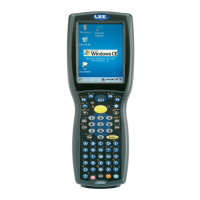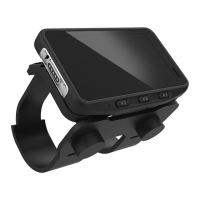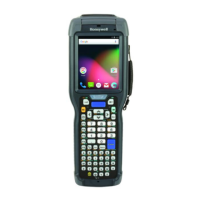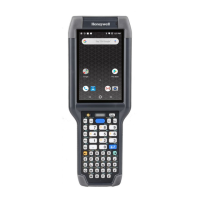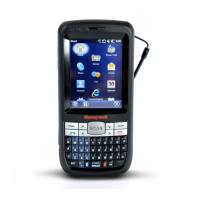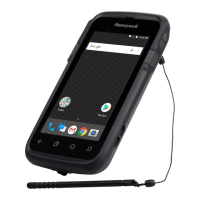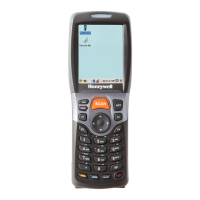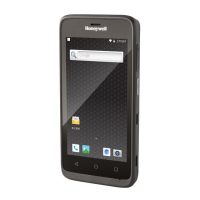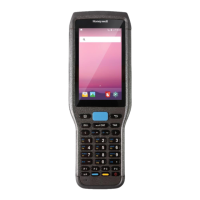38 8680i User Guide
You may also scan the Scanner Name bar code below and scan a number for the
8680i name. For example, if you wanted to name the linked 8680i “312,” you would
scan the bar code below, scan the 3, 1, and 2 bar codes on the Programming Chart,
beginning on page 235, then scan Save. Scan the Reset bar code and wait for the
8680i to relink to the host.
Host Acknowledgment
Some applications require that the host terminal (or server) validate incoming bar
code data (database look-up) and provide acknowledgment to the scanner
whether or not to proceed. In Host ACK Mode, the scanner waits for this acknowl-
edgment after each scan. Visual and audible acknowledgments provide valuable
feedback to the scan operator. The Host ACK functionality is controlled via a num-
ber of pre-defined escape commands that are sent to the scanner to make it
behave in different ways.
Note: System performance degrades when using Host ACK at rates lower than 9600 baud.
The following criteria must be met for the Host ACK to work correctly:
• The cordless system must be configured for Host Port RS232 (terminal ID = 000)
or USB COM Emulation (terminal ID = 130).
• RTS/CTS is defaulted off. You must enable it if the host system requires it.
• Host ACK must be set to On (page 39).
• A comma must be used as a terminator.
• The host terminal software must be capable of interpreting the bar code data,
make decisions based on the data content, and send out appropriate escape
commands to the scanner.
The commands to which the scanner responds are listed on page 40. The [ESC] is a
1B in hex. A typical command string is y [ESC] x, where “y” is the application work
group number, “[ESC] x” is the escape command, and the comma is the terminator,
which is required. (When “y” is not specified, the command is sent to the default
Application Work Group 0.)
Example: Commands may be strung together to create custom response sequences. An
example of a command string is listed below.
[ESC]4,[ESC]5,[ESC]6,

